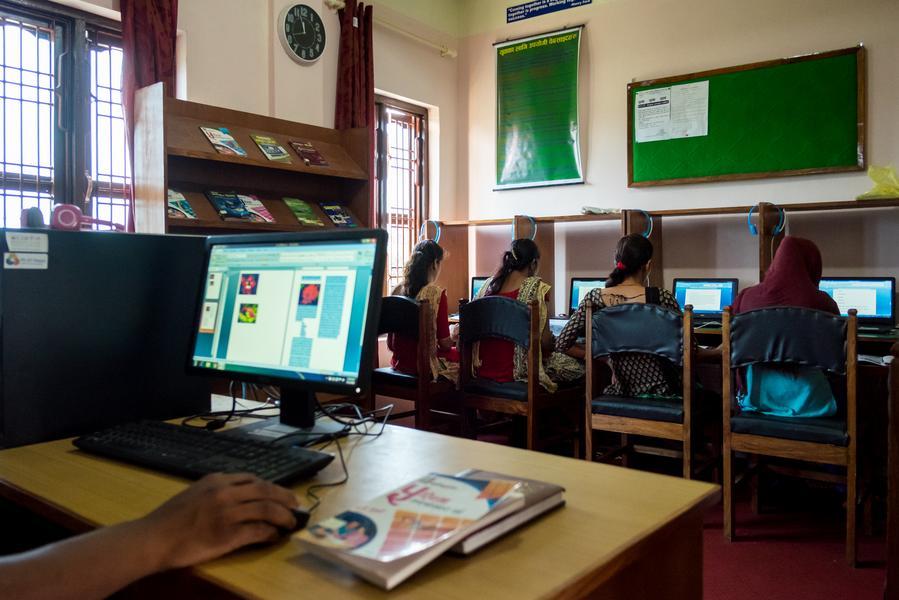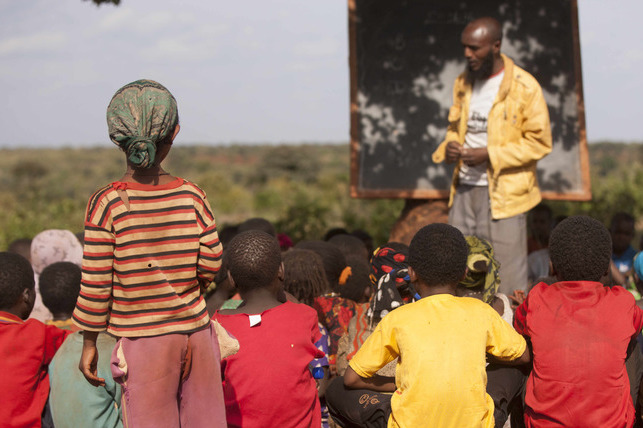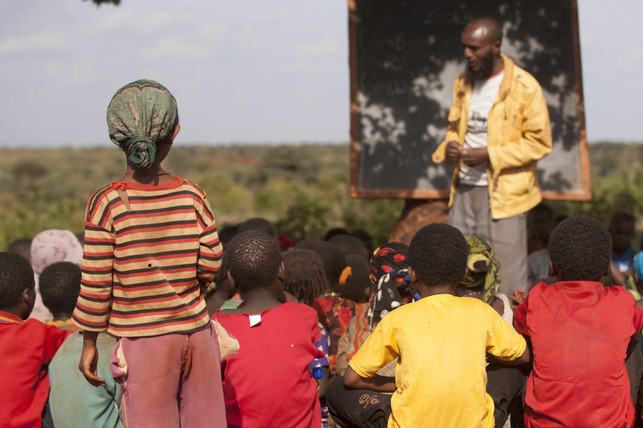Background
Sierra Leone faces significant challenges in primary education, particularly in literacy and numeracy outcomes. Many children in primary public schools, especially in underserved and remote districts, struggle to achieve grade-appropriate competencies in basic reading, writing, and mathematics. Socio-economic barriers, lack of adequate teaching resources, and limited access to quality education have compounded the problem, resulting in low learning outcomes and high dropout rates.
To address this crisis, the Sierra Leone Education Innovation Challenge (SLEIC) was launched as an outcomes-based fund designed to improve literacy and numeracy skills among primary school children. This initiative brings together multiple grantees, including providers and social investors, to implement tailored educational interventions across different geographical regions. One of these interventions focuses on Bombali, Falaba, and Koinadugu districts, aiming to enhance learning outcomes in public primary schools from P1 to P6. Through this collaborative approach, SLEIC seeks to build evidence-based models that can improve educational outcomes and drive systemic change in Sierra Leone’s education sector.
Solution
The intervention under SLEIC focuses on improving learning outcomes by delivering targeted education services to primary school children from grades P1 to P6 in public schools across Bombali, Falaba, and Koinadugu. The core strategy involves the implementation of innovative teaching methods and support mechanisms designed to strengthen foundational literacy and numeracy skills.
Key components of the solution include intensive teacher training, which equips educators with modern, child-centered pedagogical techniques that emphasize active learning and engagement. By improving teaching quality, the program ensures that students receive more effective instruction tailored to their learning needs. Additionally, the intervention provides structured learning materials aligned with the national curriculum, helping students build essential literacy and numeracy competencies.
To ensure accountability and track progress, the intervention employs an outcomes-based approach, where learning gains are measured through periodic assessments. These assessments compare literacy and numeracy improvements between students in treatment schools and those in control schools, allowing for real-time feedback and adjustments. Moreover, the intervention includes community engagement initiatives to foster a supportive environment for learning. By involving parents and local leaders, the program aims to strengthen school-community partnerships, creating a culture that values education and promotes regular school attendance.
Potential Impact
The intervention is expected to generate significant improvements in literacy and numeracy outcomes among primary school students in the target districts. By employing innovative teaching practices and providing continuous teacher support, the program aims to increase the proportion of children meeting minimum grade-level competencies in reading, writing, and mathematics. This outcome is critical for ensuring that students acquire the foundational skills necessary for continued academic success and lifelong learning.
The anticipated learning gains will be measured through the comparison of treatment and control school populations over time. This evidence-driven approach ensures that only interventions that demonstrate measurable improvements are scaled or replicated, contributing to the overall effectiveness of the education system in Sierra Leone. Beyond immediate academic benefits, the intervention’s focus on community engagement will foster a more supportive learning environment, encouraging higher student attendance and retention rates.
In the long term, the intervention has the potential to reduce educational disparities and contribute to national development by improving human capital. By equipping children with essential skills, it increases their future opportunities for higher education and employment, ultimately breaking the cycle of poverty in underserved regions. The success of this intervention could also serve as a model for other regions in Sierra Leone and beyond, driving systemic improvements in primary education across the country.












